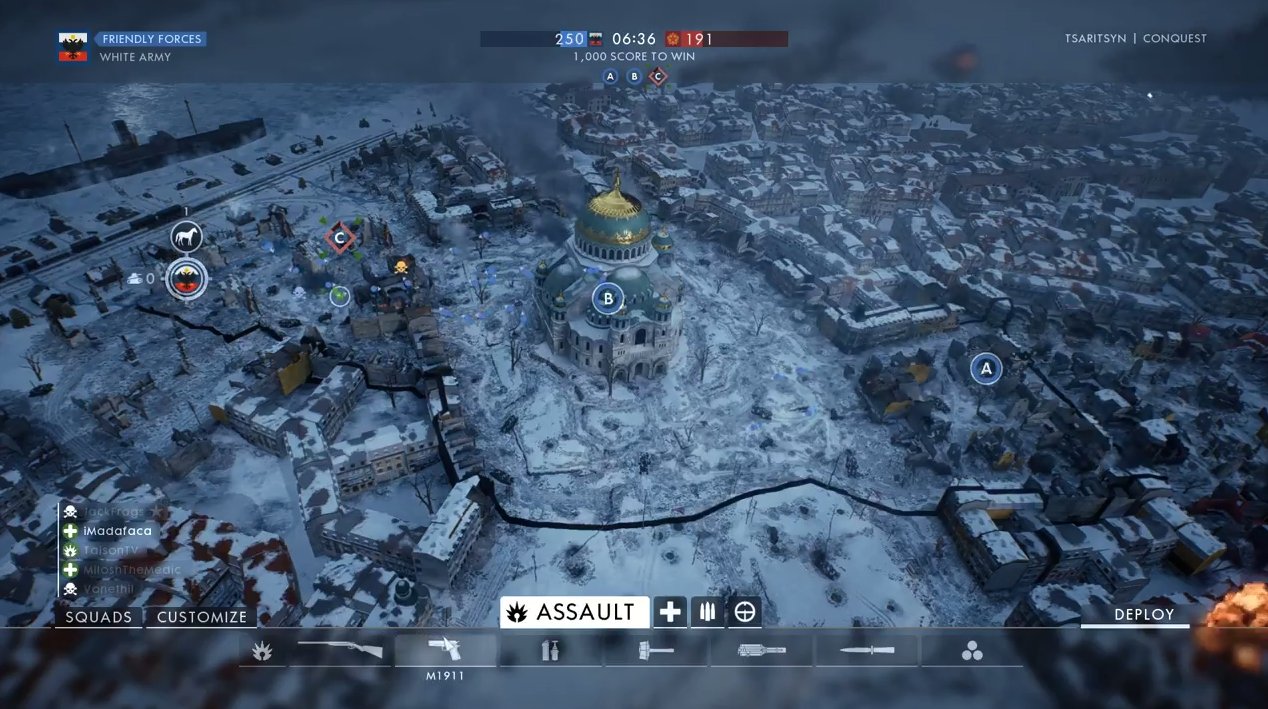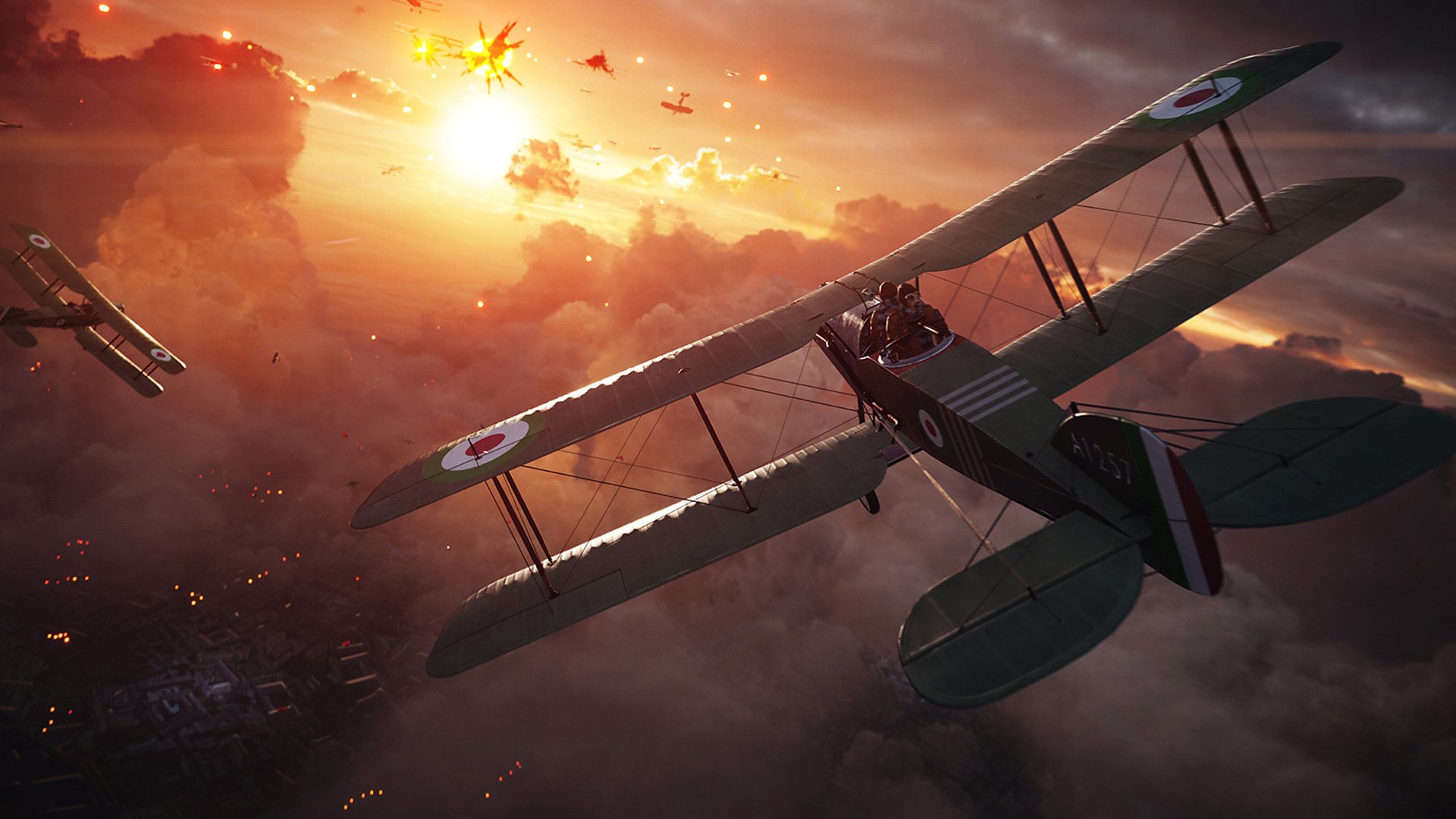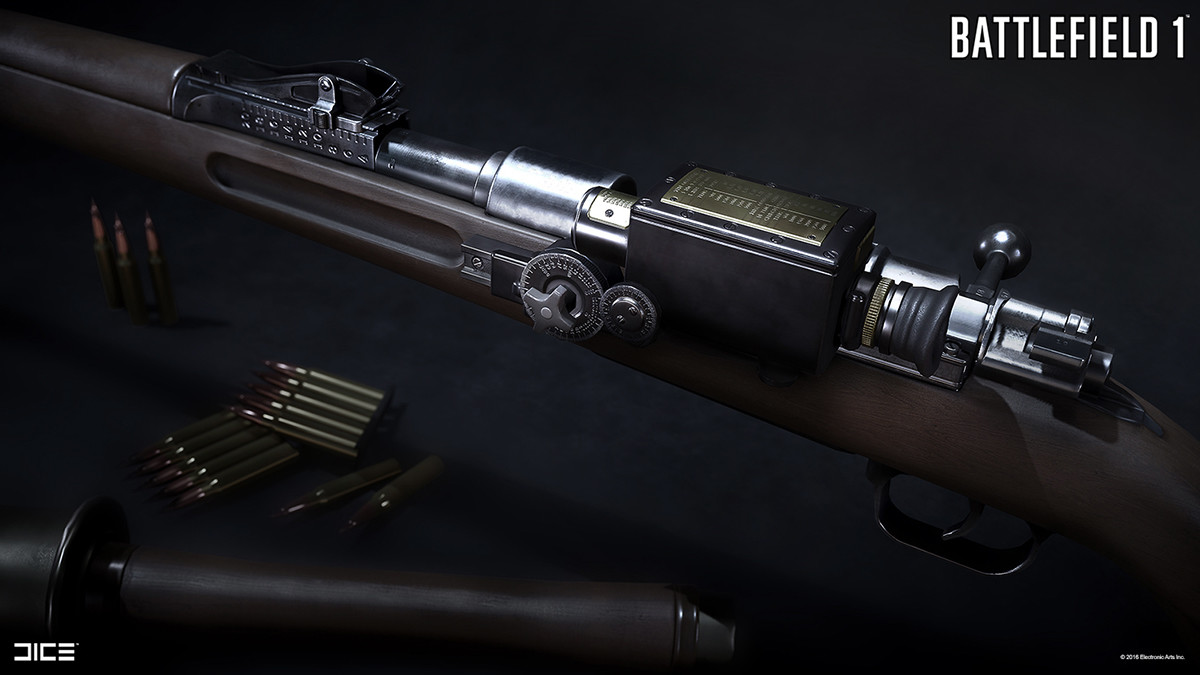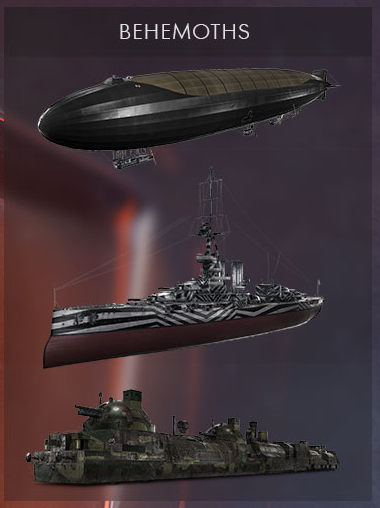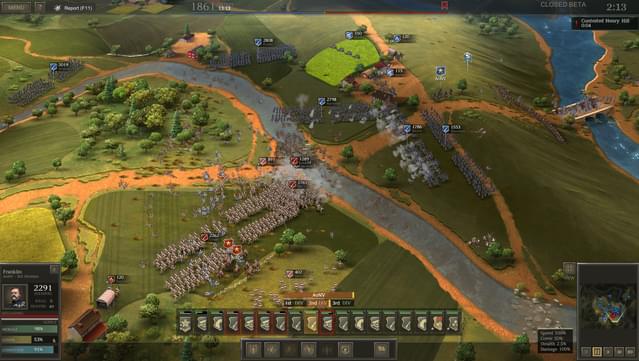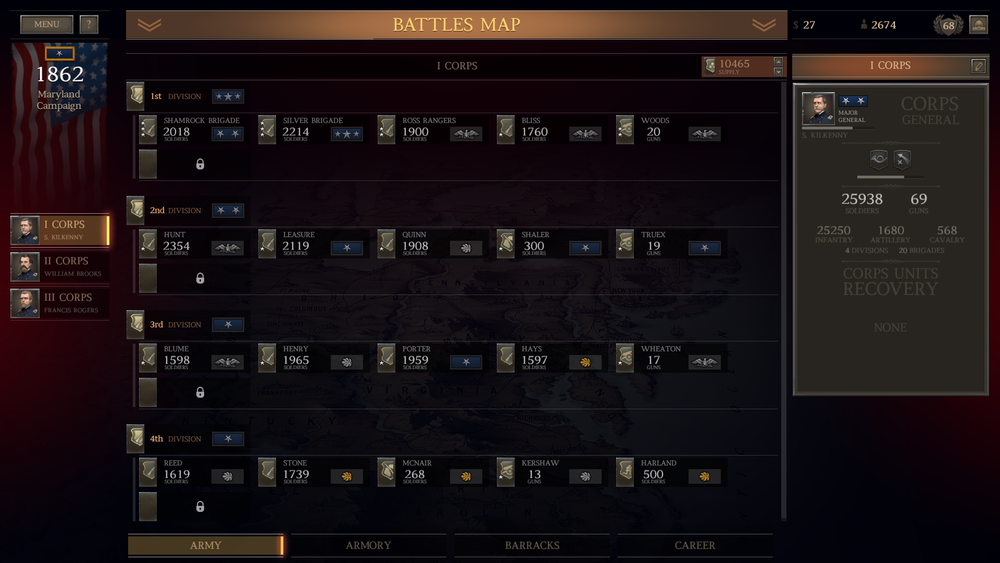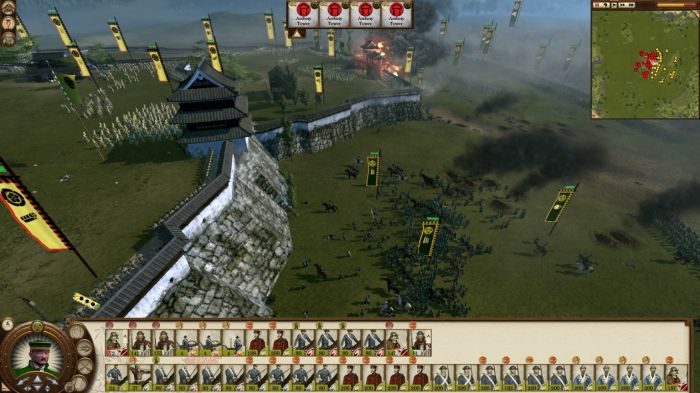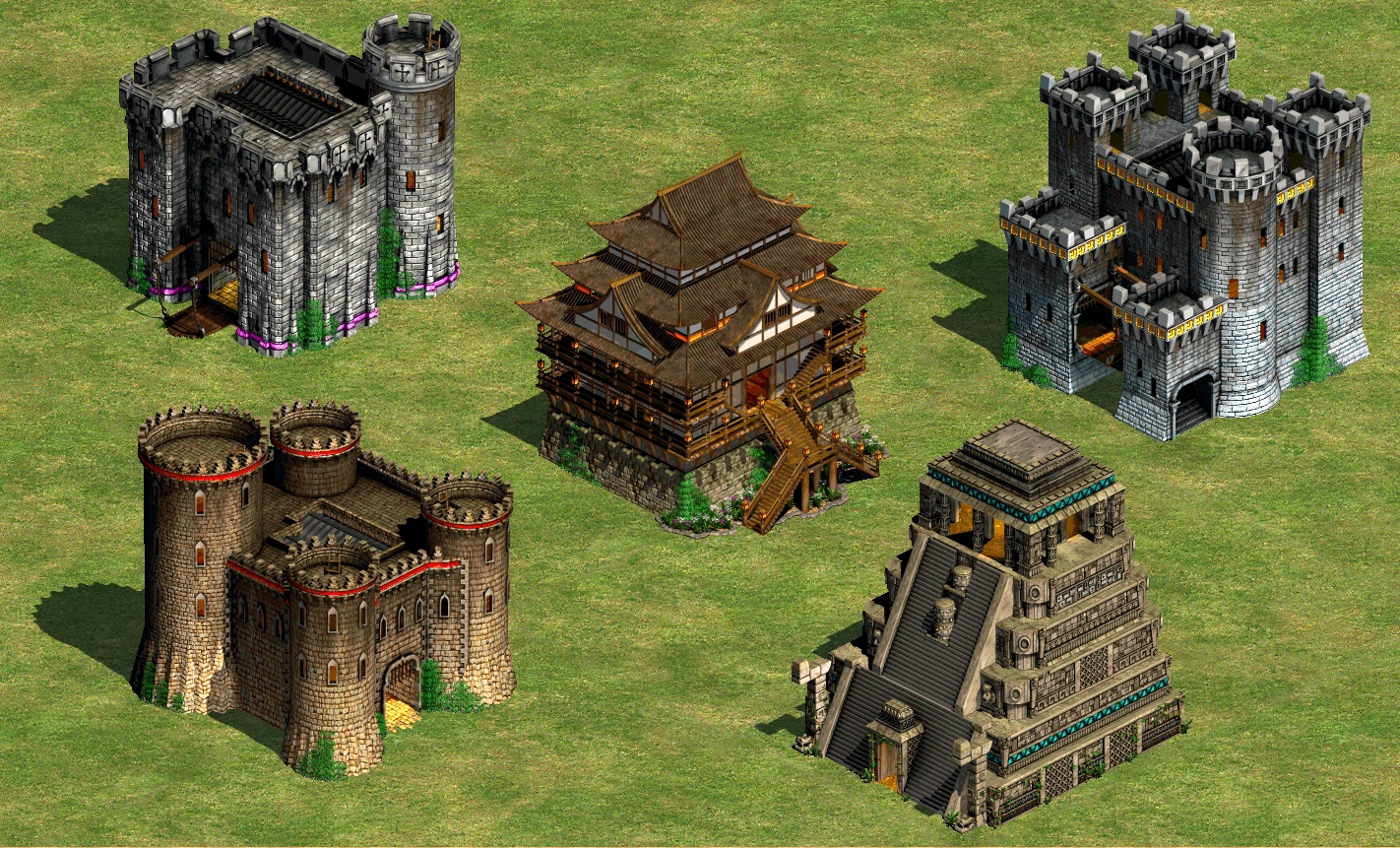This final blog post is supposed to be a review of sorts. A review of the class HIST-494, History Through Gaming. To my understanding this is a brand new class at St. Bonaventure and it’s easy to understand why. It’s new because video games as a whole are a relatively new idea. Video games have only came to promanece within the last 30-40 years and they certainly have not found their way into the classroom, yet. This class introduces the idea that video games can be used as a method to teach history. We have touched on many different games over the semester all with benefits and drawbacks when used in the context of the classroom. For example, a game like Call of Duty does not really explain any larger historical concepts, it’s played from the point of view of an individual soldier. Whereas in a game like Civilization, the player controls an entire country playing over many centuries. This gives the player a much broader view of events and therefore historical concepts and theories are much clearer. However Call of Duty will give the player a better idea of the experience of a soldier in the period of the game is based upon. This sort of learning experience has value as well, having a better understanding of the experience of individuals in the period can be quite useful when teaching history.
/cdn.vox-cdn.com/uploads/chorus_image/image/61693133/civVI_iphone_fullexperience_ss.0.jpg)
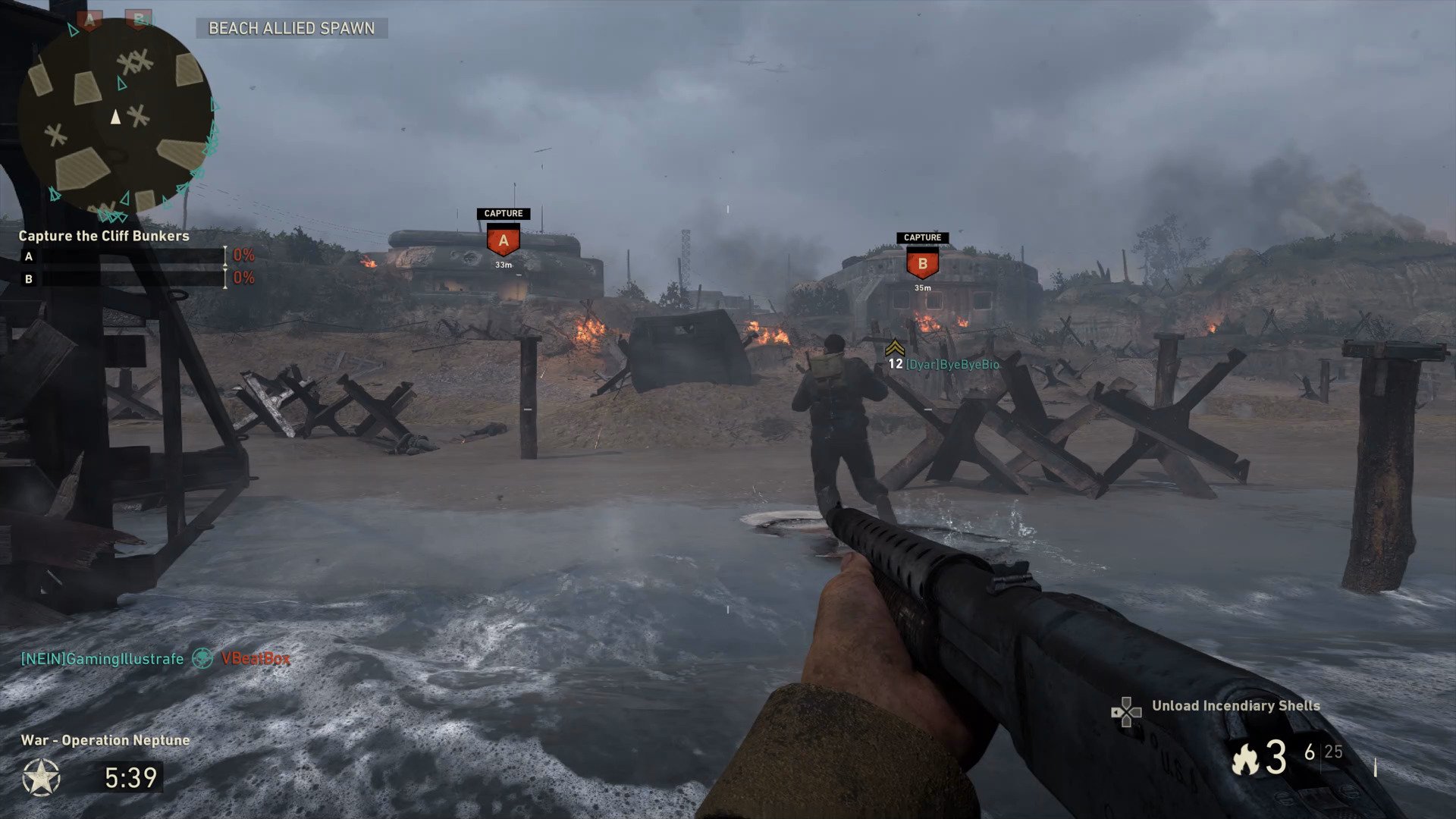
Personally, I think it would be beneficial to focus on a fewer number of games, and then to dive deeper into each. We covered some great games and I think the class could be more effective if we were to have focused solely on; Civilization, Tropico, any of the FPS, and Ultimate General Civil War. I think these are some of the best games we played and this group touches on each type of game we played in class. So, the number of games is one thing I would change about the class. However, I very much enjoyed the individual project aspect of the class. I was able to use one of my favorite games and forced me to really look at what matters in a video game when learning history. My game Crusader Kings II for example would be great in teaching someone about the politics of European monarchy in medieval times.
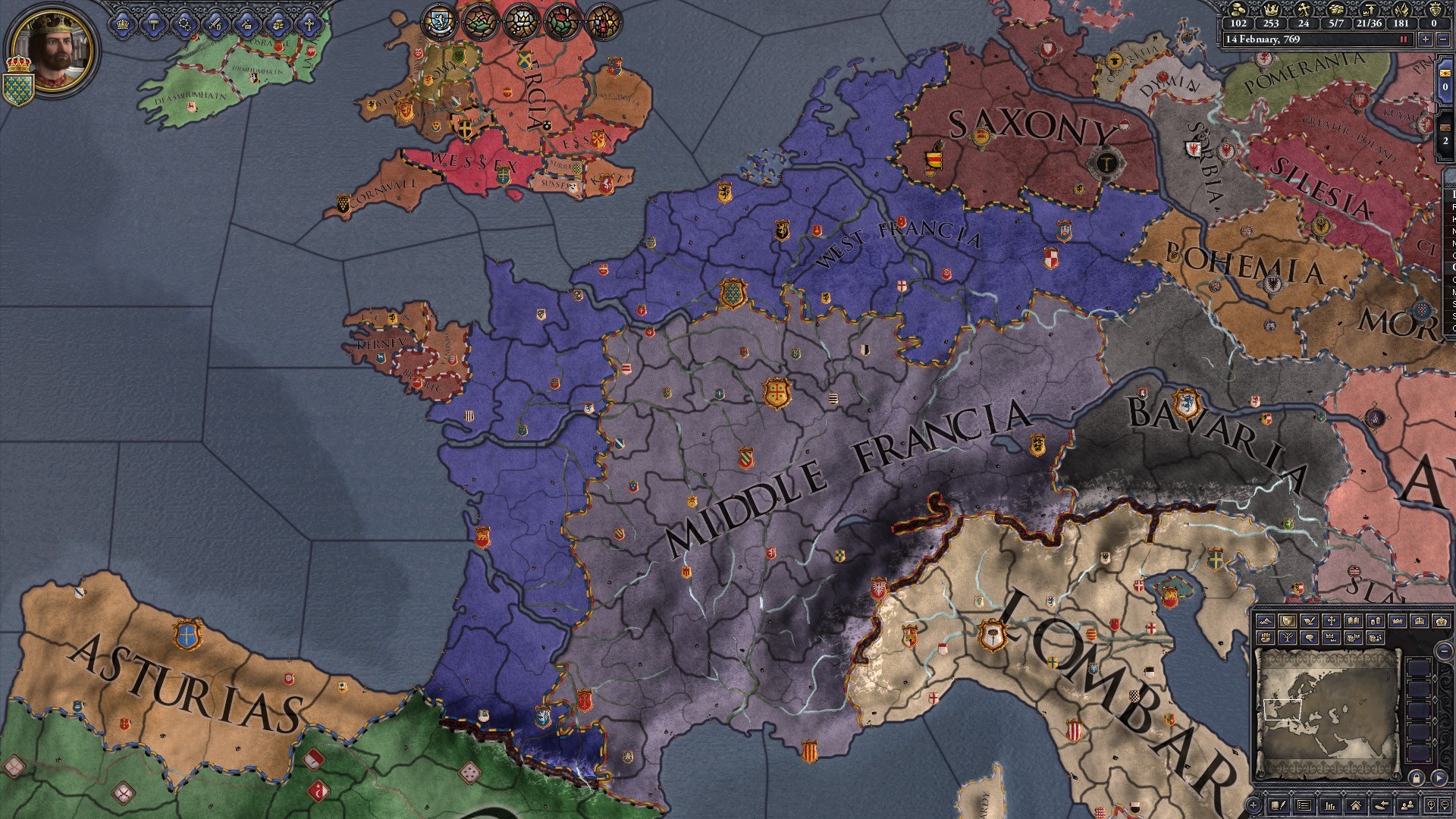
I think this class has great potential to be a fantastic, interesting class for the History Department to offer. While there are some kinks to work out because this was the first time the class was offered. This is absolutely the direction the history department should be moving. Towards innovative and interesting new ways of studying history.
